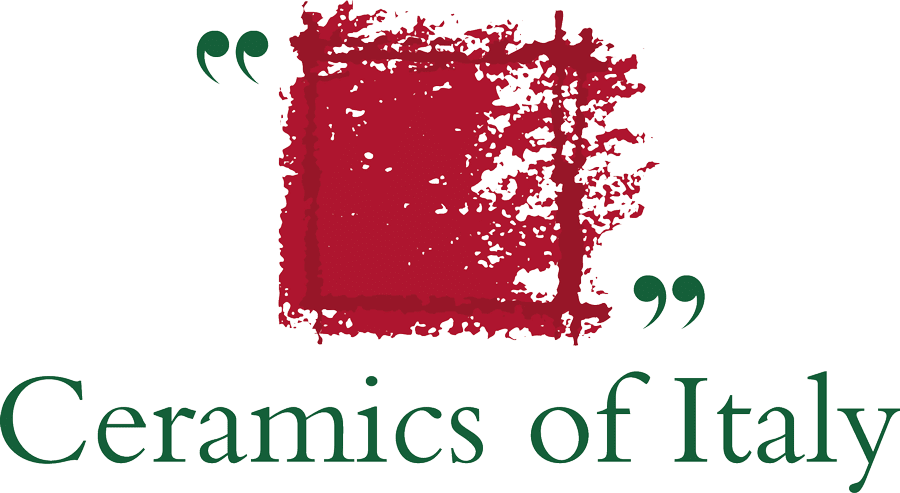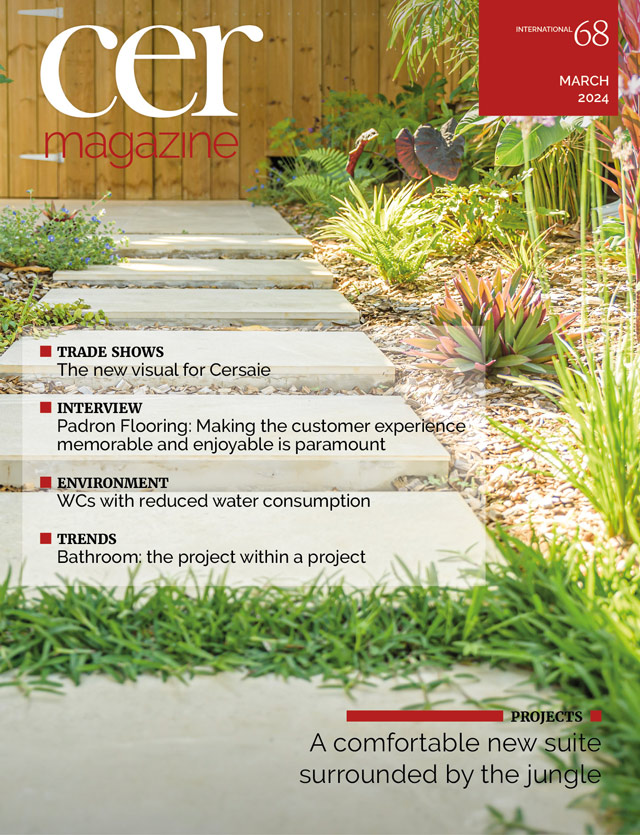Paraphrasing a famous verse from Dante’s Inferno, “abandon all hope of normality ye who enter here”: Faber Boutique, the first store opened by high-end coffee machine brand Faber, is an astonishing mash-up of styles and references. “The location is a historical building in Caserta’s central Via Mazzini,” says project leader, architect Carmine Abate. “Faber Boutique is the first flagship store opened by Faber, a young Caserta-based company best known outside Italy. The idea was to create a visually striking space that would represent the brand, a store that captivates you as soon as you step inside and catapults you into an astounding and highly original universe.” Faber Boutique consists of a series of three rooms. “The first is the product display room envisioned as an art gallery: on the left, the coffee machines are displayed almost like sacred objects inside De Chirico-esque black arches; on the right, another selection of small machines arranged on a cherry-coloured staircase is reminiscent of the endlessly ascending and descending staircases drawn by Escher or Ricardo Bofill.” The black and white floor, with ceramic “pedestrian stripes” like the famous zebra crossing on the Beatles’ Abbey Road album cover, creates a walkway leading to the second room, the so-called “mirror room” lined with mirrors, even on the ceiling. A space where customers can relax and enjoy a coffee, it features a video wall presenting the company, an inflatable sofa by Mojow and a Grace lamp designed by Uto Balmoral for Seletti and portraying a Goddess blowing a chewing gum bubble, in keeping with the restaurant’s eccentric and playful style. Passing through portals illuminated by &tradition’s FlowerPot wall lights, we reach the third room, the customisation room where every detail of the coffee machines can be designed to order. The focal point here is the counter made of the same sheet metal used by the company for the coffee machine casings, in this case hammered and mirror-polished.
This astonishing design project is enhanced by the use of ceramic tiles from the Seletti 4 collection by Ceramica Bardelli. “I imagined using this collection to create an ultra-dramatic backdrop for the coffee machines. I opted for three-dimensional, jewel-like bevelled-edge tiles, in black for the De Chirico-style vaults and in cherry for the Escher-like display stairs, installed in a stretcher bond pattern to create a sense of dynamism. For the mirror room I used the mirrored bevelled-edge tile for both the floor and the ceiling to create an infinity effect reflecting the colours of the video wall, while on the floor I chose the Distortion series laid out to create a black pathway with pedestrian crossing-style stripes.” Carmine Abate frequently uses ceramics: “I recently designed a clothing store in which 20,000 tiles were installed everywhere. I often decontextualise tile, a product once associated with the domestic environment that I love to use in shops and restaurants. I like ceramic tile because it is a very practical material, especially in commercial applications. It is maintenance-free and, unlike paint and resin, does not scratch or wear, making it ideal for high-traffic locations. In addition to its durability and practicality, ceramic tile also has astonishing aesthetics and is ideal for creating visually striking backdrops.”








